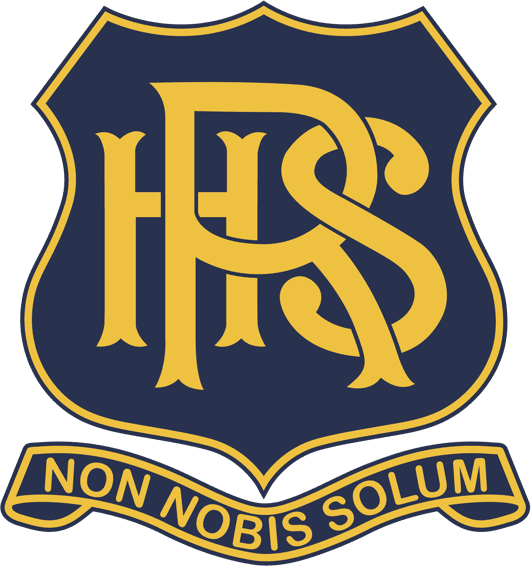Benefits for students studying VET courses
Improved outcomes for students
- Students show greater interest in their learning
- Students develop independence
- Students succeed and excel
- Students improve self-confidence
Improved transition from school to work
- Students gain an improved understanding of what education is needed for career pathways
- Employers value reports from other employers
- Students can show that they are ‘work ready’
- ‘Big step’ from school to TAFE or work removed
- Students have a more relevant portfolio opportunity for students
Work Placement
- Students make direct links with employers
- Employers understanding of young people is improved
- Improved links between the school and the community
- Employers become aware of potential employees
- Links learning to the world outside of the school
Improved skill base
- Students develop skills specific for the industry
- Students have links to TAFE SA and other training
Real life experiences
- Students gain an improved understanding of possible career pathways
- Employers assess and report on students
- Students involved in structured and recognised training
- Students become aware of the requirements of the workplace
- Students develop skills in the work environment
- Learning occurs in a real life context
For more information, visit TAFE SA for VET Course Information

